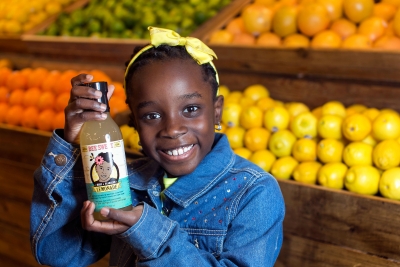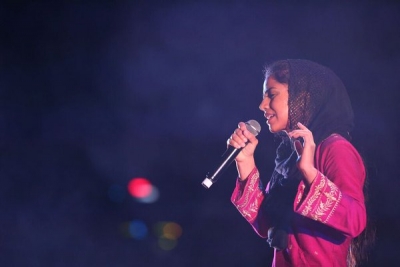
Sometimes, great businesses start from a small idea. And if you keep an eye out, you might just spot the idea, like Akshay Ruparelia, the teenager from Harrow, London, did, Akshay set up an online real-estate business when he was 17, after he realised the hefty sum charged by high-end real estate agents in the U.K. Today, his business is one among the many successful ones in the U.K.
The idea
Akshay is from Hemel Hempstead in Hertfordshire, England. Living with his parents, both of them hearing impaired, Akshay was shocked to discover the costs.
After finishing his GCSEs (equivalent to Class X) he developed an app called HouseSmart. The app was aimed at connecting property buyers and sellers. However, he scrapped the idea even before launching it.
Then, when he has studying for his A-levels, Akshay came up with the idea of doorsteps.cp.uk, a real estate website that he developed.
Setting up the site
Still a teenager, Akshay needed money to make his dream reality. He turned to his family and relatives for loan and they obliged. Akshay managed to obtain a 7,000-poind loan, a majority of which was provided by his uncle who had started and sold two online businesses of his own.
With the initial amount, Akshay managed to set up a very basic website and have it up-and-running from the bedroom of his house in 2016 when he was just 17.
The first client
Akshay knew that he might not get a client immediately. And he was patient. A few months after starting his website, he got his first customer from East Sussex, England. The customer wished to sell his house and some land, and Akshay decided to pay a visit to the place himself. He had his sisters, friend drive him since he was underage for a driver’s licence.
He met the client and got to work. A few weeks later, he managed to sell the house for a good rate, and Doorsteps received its first five-star review. Akshay, though, could not celebrate his success immediately since he had to study for his A-level examination.
Slowly and steadily, Akshay’s business began to grow. Still in school, he enlisted a call centre to take calls from clients when he was in school. Once home, he would attend to them. As his business began to grow, Akshay employed a network of mothers who show clients houses that are up for sale for a fraction of the cost that other real estate agents charge.
Akshay’s business became so popular that in just over a year since it was started, it was listed as the 18th biggest estate agency in the U.K. This also made him the country’s youngest millionaire.
Today, Doorsteps continues to sell houses and is among the top companies in the U.K.
What makes him special?
Akshay identified a problem when he was helping his parents move homes and decided to devise a solution to tackle it. He worked hard, balanced education and business and managed to set up a successful business at a young age.
Picture Credit : Google





